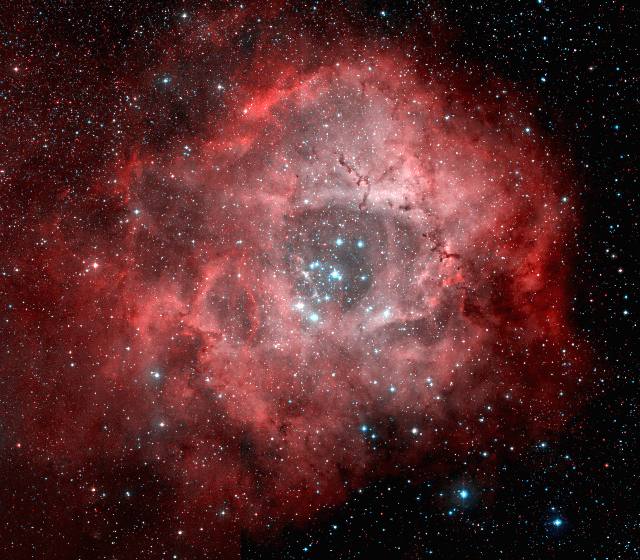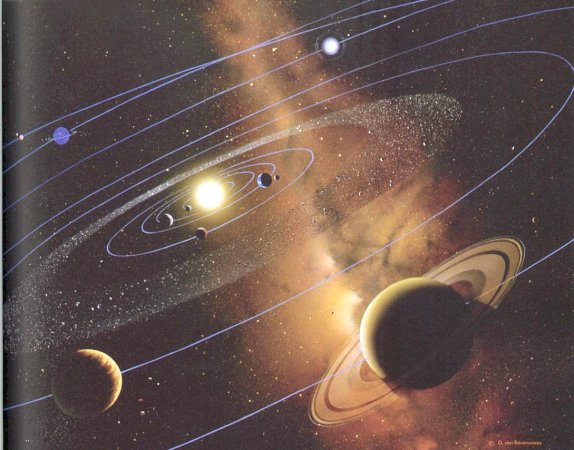The night sky, with its large number of twinkling stars, have always fascinated mankind. Since the dawn of civilization, attempts were made and further improvements followed for making that perfect instrument for observing the stars, the planets and other celestial objects. What followed was a series of developments in the area of Optics, to achieve that perfect instrument, which now has lead to building of telescopes and satellites.
In 1300, Greek philosophers and astronomers already knew about the properties of lenses. They even tried to manufacture lenses, without bubbles, that could be used for reading glasses. What followed was arrival of eyeglasses in the cities like Florence and Venice. But they were not for both eyes, they were small lenses mounted on small cylindrical cases, that nowadays you can see used by jewelry-makers.
In 1608, the govt. of Netherlands asked the manufacturers to make an instrument that would help in seeing far-away objects clearly. The govt. would take patent for the instrument. What followed, was a man named Jacob Metins provided the basic mechanism, using only two lenses. Hans Lipperhey designed the instrument, but the mechanism was so simple that the govt. didn't give any patent for this instrument - the instrument that we call Binocular these days. Till now the stars were heavenly objects whose patterns and brilliance was believed to be ruled by Gods. But this instrument shifted the authority of what we observe, from their hands!
By that time, in around 1543, a brilliant man named Nicholus Copernicus had already told the concept of heliocentricity - the fact that it was sun at the centre and Earth rotates around it. The theory challenged the words of the Bible and was controversial in its time. Galileo Galilei, in 1609, made his first refractive telescope for his personal use. He used a concave lens as the eyepiece, and a convex lens as the objective. He allowed his patrons to use this, but was not satisfied as the glass used in the lenses had green tint and bubbles. As a result, the images obtained were blurred and had colourful haloes. But the positive aspect was that he achieved 9 times magnification.
Galileo's model was modified by Johannes Kepler in 1611. Instead of two different lenses ; he used two convex lenses. The result was high magnification with better clarity of the image. Though the image was upside down, it didn't matter for observing celestial objects. This was the first telescope.
Spherical and chromatic aberration still posed a problem. The craftsmen tried to get better image quality by decreasing the curvature of the lenses, thereby, increasing the focal length. As a result, the telescopes became longer in size.Gradually telescopes of length 15-20 ft became very common. The most prominent work done; was by Havelius in 1673.
Huygen and his brother Constantine achieved 100 times magnification through their telescope measuring 23 ft, in 1656. They got to observe the great Orion nebula.
In 1300, Greek philosophers and astronomers already knew about the properties of lenses. They even tried to manufacture lenses, without bubbles, that could be used for reading glasses. What followed was arrival of eyeglasses in the cities like Florence and Venice. But they were not for both eyes, they were small lenses mounted on small cylindrical cases, that nowadays you can see used by jewelry-makers.
In 1608, the govt. of Netherlands asked the manufacturers to make an instrument that would help in seeing far-away objects clearly. The govt. would take patent for the instrument. What followed, was a man named Jacob Metins provided the basic mechanism, using only two lenses. Hans Lipperhey designed the instrument, but the mechanism was so simple that the govt. didn't give any patent for this instrument - the instrument that we call Binocular these days. Till now the stars were heavenly objects whose patterns and brilliance was believed to be ruled by Gods. But this instrument shifted the authority of what we observe, from their hands!
 |
| Galileo's Telescope |
Galileo's model was modified by Johannes Kepler in 1611. Instead of two different lenses ; he used two convex lenses. The result was high magnification with better clarity of the image. Though the image was upside down, it didn't matter for observing celestial objects. This was the first telescope.
Spherical and chromatic aberration still posed a problem. The craftsmen tried to get better image quality by decreasing the curvature of the lenses, thereby, increasing the focal length. As a result, the telescopes became longer in size.Gradually telescopes of length 15-20 ft became very common. The most prominent work done; was by Havelius in 1673.
 |
| Havelius telescope |




















